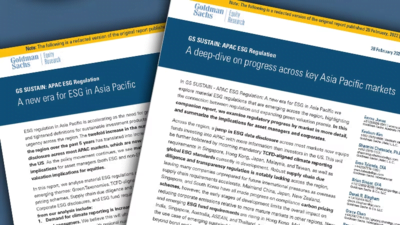Research Summary
The report discusses the ongoing labor market rebalancing in developed market (DM) economies, driven by a decline in job openings. It highlights the current state of DM labor markets, reasons for their expected stabilization, and the implications of this rebalancing on wage growth and unemployment rates. The report also provides insights into the role of job postings in this rebalancing and the outlook for wage growth.
Key Takeaways
Labor Market Rebalancing in DM Economies
- Rebalancing Overview: The report indicates a labor market rebalancing in DM economies, retracing 58% of the jobs-workers gap overshoot during the pandemic. This rebalancing is primarily driven by a decline in job openings.
- Current State of DM Labor Markets: Despite signs of softening, DM labor markets remain tighter than in 2019. Job growth has slowed but remains above pre-pandemic levels, and the employment component of PMIs remains in expansionary territory in most economies.
- Unemployment Rate: Concerns of an overcorrection leading to a rise in the unemployment rate are relatively benign, as the unemployment rate remains near or below 2019 levels in most DM economies.
- Wage Growth: Labor market rebalancing has contributed to a stepdown in wage growth, except in the UK where preliminary data points to a significant slowdown in Q3.
- Central Banks’ View: Central banks view the current rebalancing favorably, indicating a positive outlook for DM labor markets.
Stabilization of DM Labor Markets
- Reasons for Stabilization: Three reasons suggest that DM labor markets will stabilize before slowing too much: historical correlation between job openings and GDP growth, correction of excessive job postings, and sustainable rebalancing in earlier hiker economies.
- Role of Job Postings: Labor market rebalancing has primarily been driven by a correction of excessive job postings, with job opening growth overshooting fundamental-consistent levels in 2021-2022 before undershooting in 2023.
- Outlook for Wage Growth: Wage growth is expected to gradually decelerate through end-2024, before stabilizing at levels roughly consistent with 2% target inflation.
Actionable Insights
- Investigate the Potential of Job Openings: The report suggests that the correction of excessive job postings has been a key driver of labor market rebalancing. This indicates the potential importance of job postings as a metric for understanding labor market dynamics.
- Monitor Wage Growth: With wage growth expected to decelerate before stabilizing, monitoring wage growth trends could provide insights into the health of the labor market and broader economic conditions.
- Consider the Role of Central Banks: Given that central banks view the current labor market rebalancing favorably, understanding their perspectives and policy responses could be crucial in assessing the future direction of labor markets.












